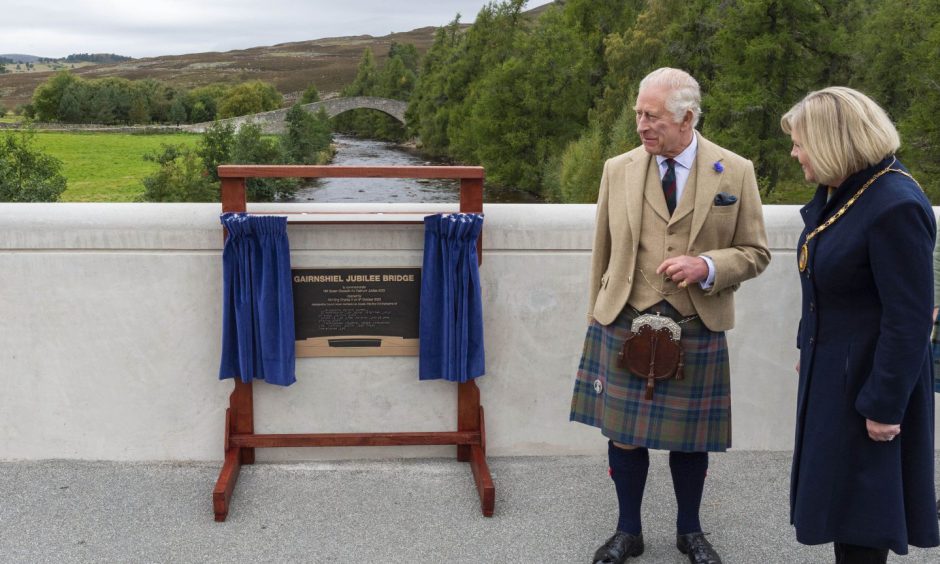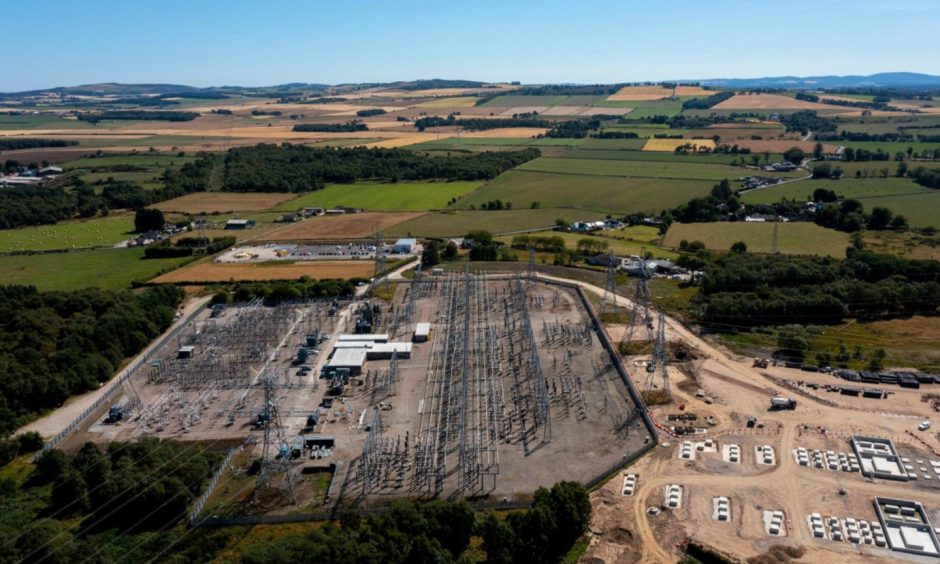If someone used artificial intelligence (AI) to predict what a doomsday scenario for the global construction industry, what would it look like?
It would most likely resemble the construction industry today after four years which saw pandemic lockdowns, wars in Ukraine and the Middle East, supply chain disruption, inflation, high interest rates, labour shortages and the cost-of-living crisis.
It’s difficult to get an accurate estimate of the state of the Scottish construction industry, since there are so many variables, challenges and separate sub-sectors.
But one source that provides an overall picture – the latest survey for the Royal Institution of Chartered Surveyors Construction Monitors – is not encouraging.
Figures paint gloomy picture for construction north of the border
Scottish construction market activity fell for the fourth consecutive quarter in Q3 2023, with all sub-sectors experiencing either flat or falling workloads.
A net balance of -21% of Scottish respondents reported workloads fell in the third quarter, down from -4% in Q2. This means workload balance is at its lowest level, outside lockdowns, since Q2 2012.
Almost every sub-sector of construction – private housing, private industrials, public housing, private commercial and public works – experienced a decline in workloads.
The only sub-sector that didn’t suffer a fall was infrastructure and that is flatlining.
The data did provide some encouraging news, including an easing in labour shortages of quantity surveyors and other construction professionals, though the shortfall is still considerable.
And the shortage of bricklayers is at its lowest level since early 2021.
Despite the challenges, construction continues to make a significant contribution to the economy. According to the Chartered Institute of Building, the Scottish industry’s output last year amounted to £13.3 billion.
No shortage of major infrastructure projects here in the north-east
Infrastructure, the sole sub-sector with workloads that aren’t falling, is a major staple of the industry. In the north-east, several infrastructure projects have recently been completed.
Last month the King performed the opening ceremony of Gairnshiel Jubilee Bridge in rural Aberdeenshire, built to preserve the original 1749 crossing and facilitate traffic flow.
The project was delivered by Moxon Architects’ Scottish studio at Crathie.
Another recently delivered project is the Stonehaven flood protection scheme, which was completed in August only to be severely tested in October by Storm Babet.
It protected more than 370 homes and businesses around the River Carron.
The major works, which began in 2019, included construction of a mile and a quarter of flood walls and alterations to five bridges.
Such traditional infrastructure projects provide the bread-and-butter contracts that keep the construction industry in business.
A more recent contract award is typical of the kind of innovative green projects that will ensure its future.
Statera Energy has awarded a front-end engineering and design contract for the first phase of its three gigawatt Kintore Hydrogen project to professional services company Worley, which will lead the work from its Aberdeen office.
Once operational, this will be the largest green hydrogen project in Europe.
The construction industry in the north-east is ideally placed and has the technical skills to lead the green energy revolution, both onshore and offshore.
The North Sea energy transition initially offered mostly decommissioning work for construction companies, but today it’s about conversion of oil and gas plant to green energy and the construction of new, high-tech green facilities.
It offers the prospect of as dramatic an economic renaissance for the north-east as the original North Sea boom in the 1970s.
Prestigious awards
Kintore-based Stats Group won the small and medium-sized employer of the year title at the Engineering Construction Industry Training and Development Awards at the Cutty Sark in London earier this month. Stats specialises in pressurised pipeline isolation and subsea infrastructure, as well as hydrogen transportation, carbon capture and storage.
Aberdeen-based EnerMech also won an award as international training provider.
According to Glenigan, data provider for the construction industry, the top 10 construction companies in Aberdeen have won £128 million-worth of work in the past 12 months.
Hold on to your hard hats
It seems, therefore, the industry in the north-east is on the front foot.
But is it ready for the AI tsunami that is about to sweep over and transform it?
We are already becoming familiar with smart new technology such as ChatGPT.
These “large language model” (LLM) software applications mimic human conversation through interactions with users.
They could perform tasks such as providing a real-time early warning system to detect project delays and risks, and fast prototyping of design options, with summaries of costs, time and carbon implications.
Or they could be used as predictive tools offering strategies and recovery plans.
From concept to delivery, LLMs could be effective across all parts of a project.
Their arrival heralds a new dawn for a construction industry which has clearly progressed from the days of hods and bricks.
As the order list grows across the north-east, the region is ideally placed to be at the forefront of this AI revolution.
Martin Gilbert is co-founder and former chief executive of Aberdeen Asset Management and chairman of AssetCo, Toscafund and Revolut.






Conversation